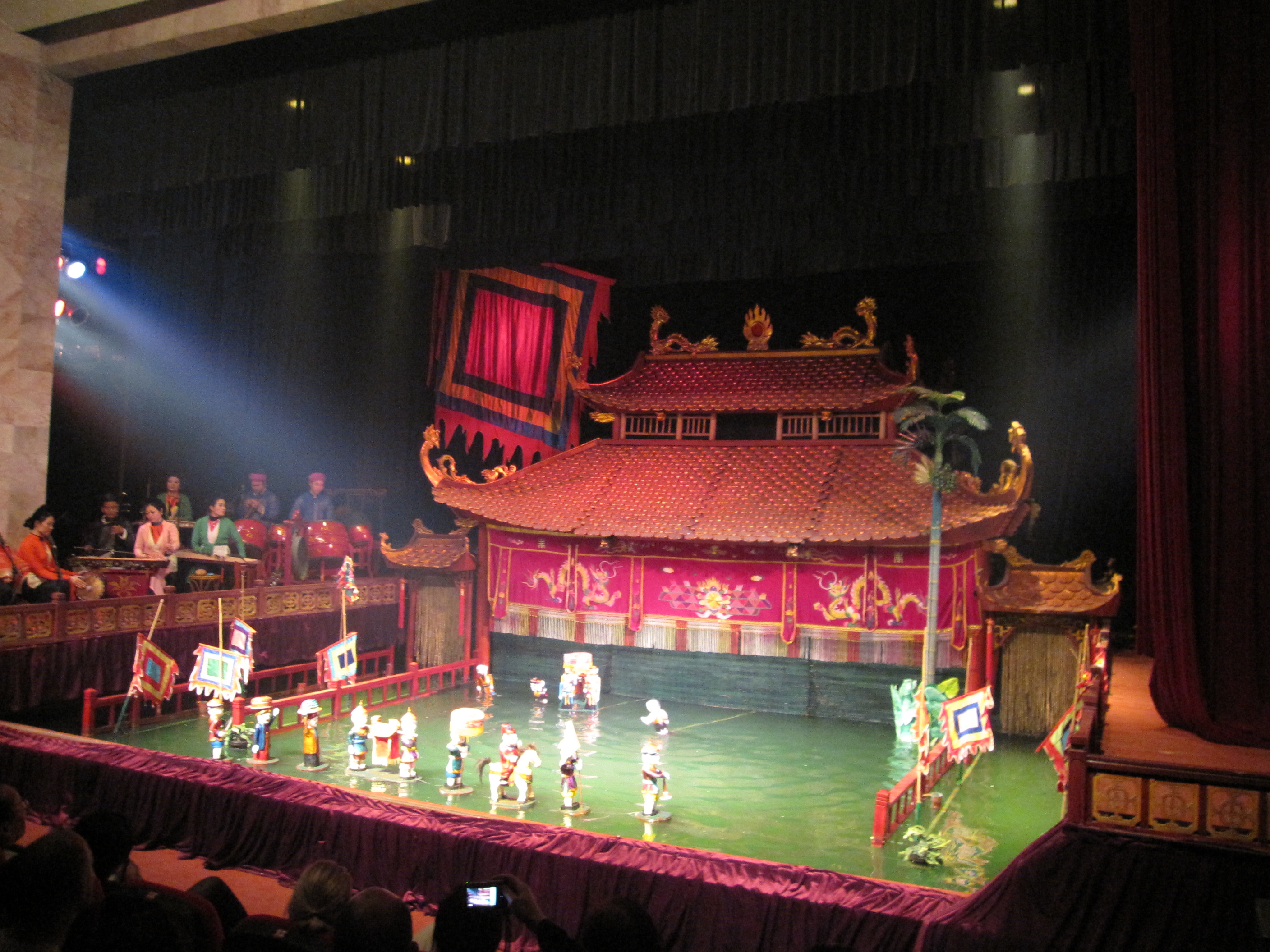With so much talk of infrastructure renewal, a case needs to be made for a few new toys for grownups of the kind that enliven London today, and once enlivened cities and nations.
Time was when you wanted to get your city spruced up, you held a world’s fair. All through the19th century and well into the 20th century, the legacy of world’s fairs was that they left permanent attractions for the public to enjoy long after the gates had closed.
London’s fair of 1851 left behind the glorious Crystal Palace, which sadly burned down in 1936.But the idea was sowed for the two legacies that outlasted all the other world’s fairs: Gustave Eiffel’s tower for the Paris Exhibition of 1889 and George Ferris’s wheel for the 1893 World’s Columbian Exhibition in Chicago. Both men were great bridge builders and enormously gifted engineers.
Eiffel, who originally wanted to build his tower for an exhibition in Spain but was rejected, faced limitless criticism. Architects, authors, journalists and poets formed a common front against the tower. They said it would destroy the beauty of Paris; it was ugly and dangerous; and, of course, it was too expensive.
Supposedly the writer Guy de Maupassant ate his lunch in the tower every day after it went up, so that he did not have to look at the “high and skinny pyramid of iron ladders.” Eiffel built himself an apartment at the top of the tower, and threw lavish parties there.
Today the Eiffel Tower is the symbol of Paris, and the most popular tourist attraction in the world.
When it became clear that the organizers of the Chicago exhibition were having trouble in coming up with a spectacular structure of their own, Eiffel, whose ego matched the height of the tower, offered to help them out. But the planners could not face the humiliation of bringing in a Frenchman to save the day.
Luckily for them Ferris, who was attending an engineering meeting where the lack of a project was lamented, sketched a passenger wheel on a napkin and the day was saved. Ferris’s original wheel did not survive, but countless Ferris Wheels have enhanced public entertainment ever since.
The London Eye, which opened on the South Bank of the Thames River in 2000, as part of the millennium celebrations (it is also known as the Millennium Wheel), is the most popular tourist attraction in Britain. Take another bow, George Ferris.
The Eye, designed by David Marks and Julia Barfield, a husband and wife architect team, was briefly the largest passenger wheel in the world. But Singapore and the eastern Chinese city of Nanchang rushed to build bigger wheels. However, the Eye is the largest cantilevered wheel–which means, like a windmill, it is supported only on one side–and this is what makes it so elegant.
World’s fairs are a thing of the past in the age of television, and the fact is their legacy has not always been as great the legacies from Chicago and Paris. The 1964 World’s Fair left behind nothing special in Flushing Meadow, N.Y. Its Unisphere still stands, but it is not a big attraction. Likewise, nothing spectacular remains from the 1967world’s fair in Montreal. And the Space Needle in Seattle is a local rather than a national attraction.
The message is that people want beauty, but also participation; a wheel to ride on, a tower to ascend.
When it comes to toys for millions, London stands front and center–and is even a little egocentric. Those buses! Those taxis! Where else? Recent additions to the public amusements of London, besides the Eye, the foot bridge over the Thames River, dubbed the Wobbly Bridge; the New Tate art gallery in the old Battersea power station; new subways and a revived St. Pancras railway station, which is even grander than it was in its Victorian heyday.
Not all of London’s attractions required public money. The Eye was largely funded by British Airways and is operated by the people who run Madame Tussauds.
Once, London ruled much of the world. Now, it beckons it. In America, we are losing the race for public fun–and profit. –For Hearst-New York Times Syndicate
